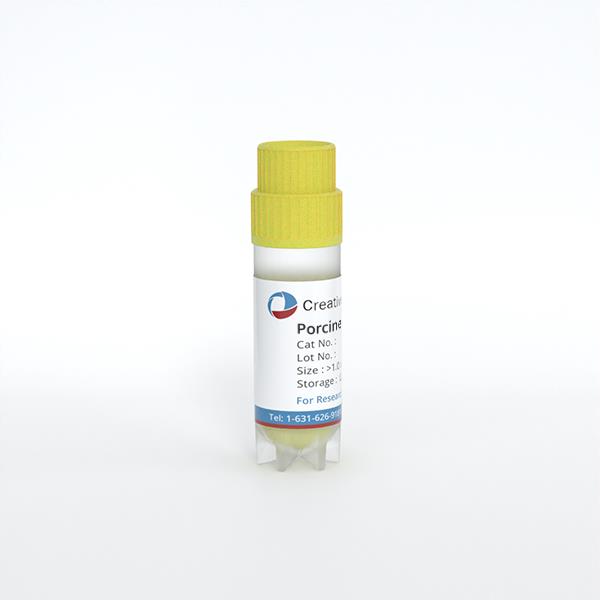ONLINE INQUIRY

Porcine Pulmonary Artery Fibroblasts
Cat.No.: CSC-C4899L
Species: Pig
Source: Lung; Artery
Cell Type: Fibroblast
- Specification
- Q & A
- Customer Review
Never can cryopreserved cells be kept at -20 °C.
The poor state of the cells is many times closely related to tryptic digestion during passaging. Generally tumor cells can be digested for 1-2min. However, each kind of cell has a different ability to adhere to the wall, so the response to trypsin is also different, we need to follow closely. Generally, it can be terminated when the naked eye observes that the adherent cell layer can move; rather than the cells are all dispersed into a single one.
Ask a Question
Average Rating: 4.0 | 1 Scientist has reviewed this product
Continued support
Working with Creative Bioarray has been an absolute pleasure, I will continue to use them in the future.
12 Aug 2023
Ease of use
After sales services
Value for money
Write your own review

